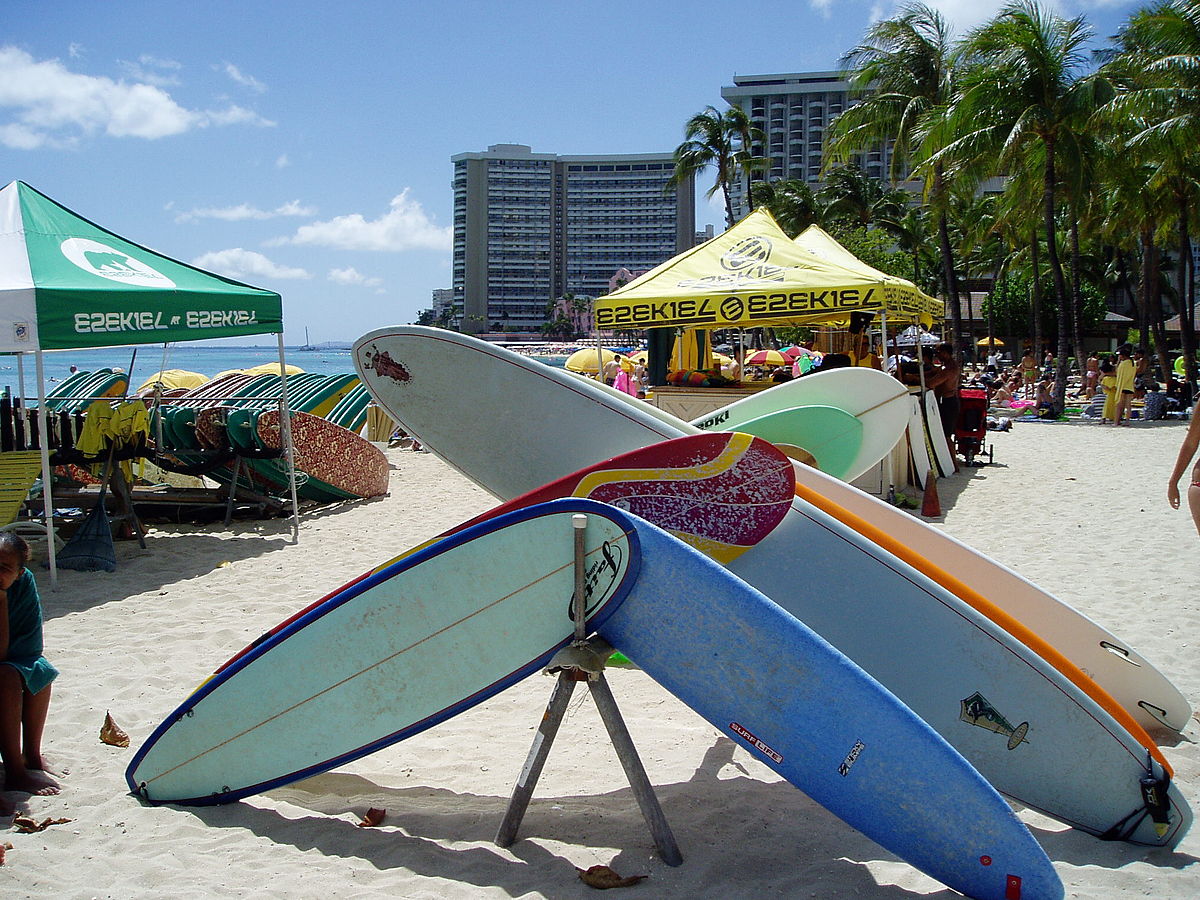The boards we are talking about today are for experienced surfers.
A short board is a short and narrow surfboard characterized by its technicality: aggressive, high performance and agile. Board dimensions 1.5m (4′9) – 2.10m (6′9).
The ultra radical surfing seen in those who use these surfboards is rather a consequence of the amazing balance of seemingly contradictory things that have come together in this one.
A beginner on this will be uncomfortable – it is too difficult to catch the balance and hold on. Acceleration and drag are all intertwined in the most complex, temperamental and fluid surf design ever built.
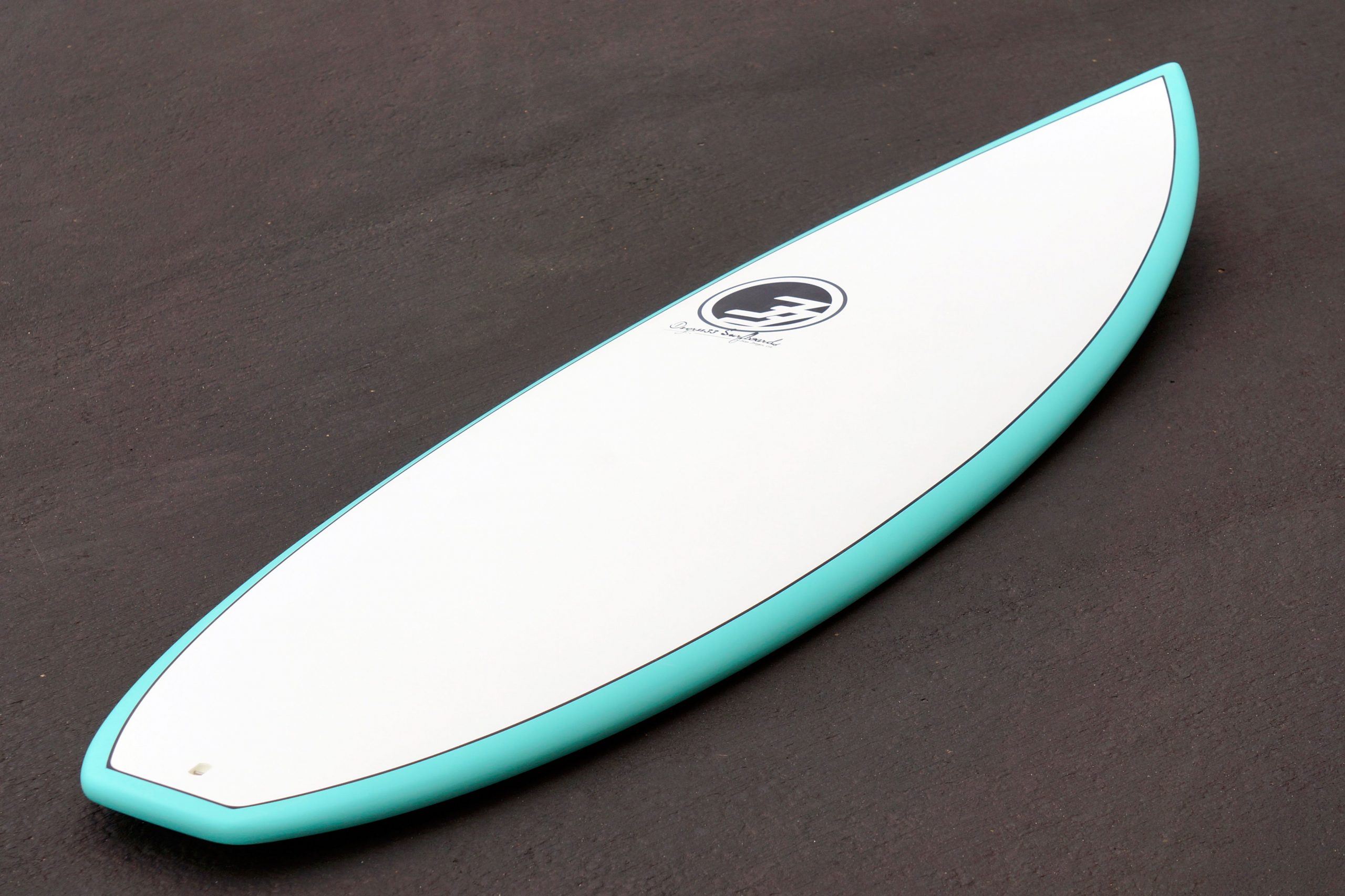
For safety, you need to purchase a leash leg strap on the shortboard (1.9 m for shotboards, 2.4 m for minimal and 3 m for longboards).
While surfing on the waves, the leash is worn on the leg. In the event of a fall, the leash facilitates the ascent. In addition, the surf will not float away, so you won’t have to swim to the shore.
It increases the safety of others, because it is less likely to damage someone.
For better adhesion to the short surfboard, wax is used, which is selected depending on the temperature of the water. Rub the wax with semicircular movements in several layers.
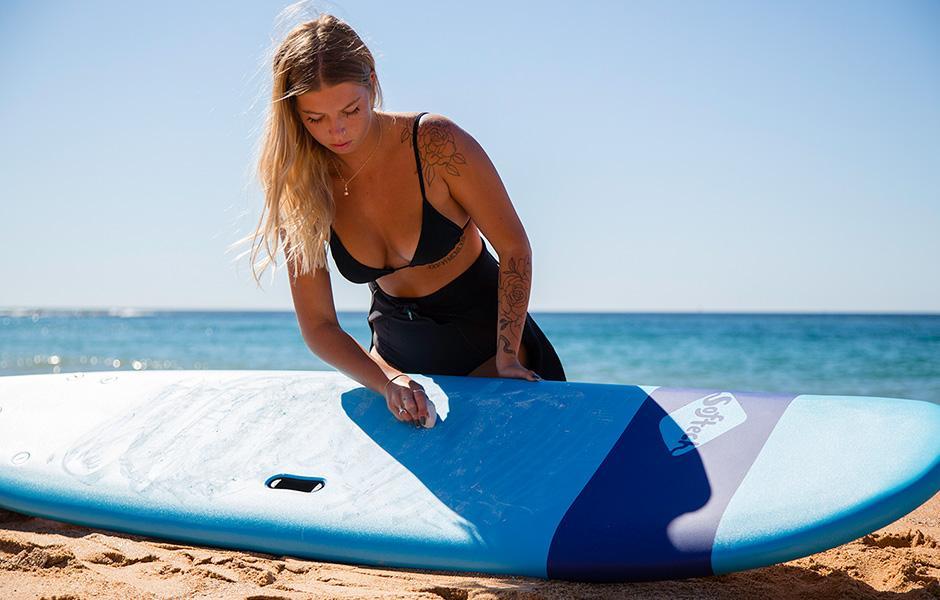
The choice of surfboard size depends on several factors:
- Firstly, it is the level of skill in surfing, and secondly, the time spent in the water. In general, the larger the surfing board, the better it will catch waves on it. Take a look at the tables below to get an idea of the minimum dimensions you should be guided by when choosing a board for surfing. Make sure you’re making the right choice with our surfboard buying guide
- A beginner surfer will need this one more than an experienced one.
- A surfer who rides only occasionally will need a bigger surfing board than one who does it regularly.
- A surfing board that is too small will hold back the development of skills in surfing and possibly lead to frustration.
Choosing a size
Please note that the dimensions below are to be used as a guide only. If you are in doubt, then take a board slightly larger than suggests.
Short surfing boards for all waves. These are surfing boards ranging in size from five to seven feet. They can vary greatly in shape, volume and other characteristics.
These shortboards are usually the hardest in surfing and take a lot of practice before you can catch waves on a board like this.
Despite this, in the world now it is the most popular type of shortboards.
It’s the most common type of surfboard at the moment because it combines speed, agility and lightness in surfing.
The shape of the shortboard always provides for a sharp, elongated nose and very often a rounded tail.
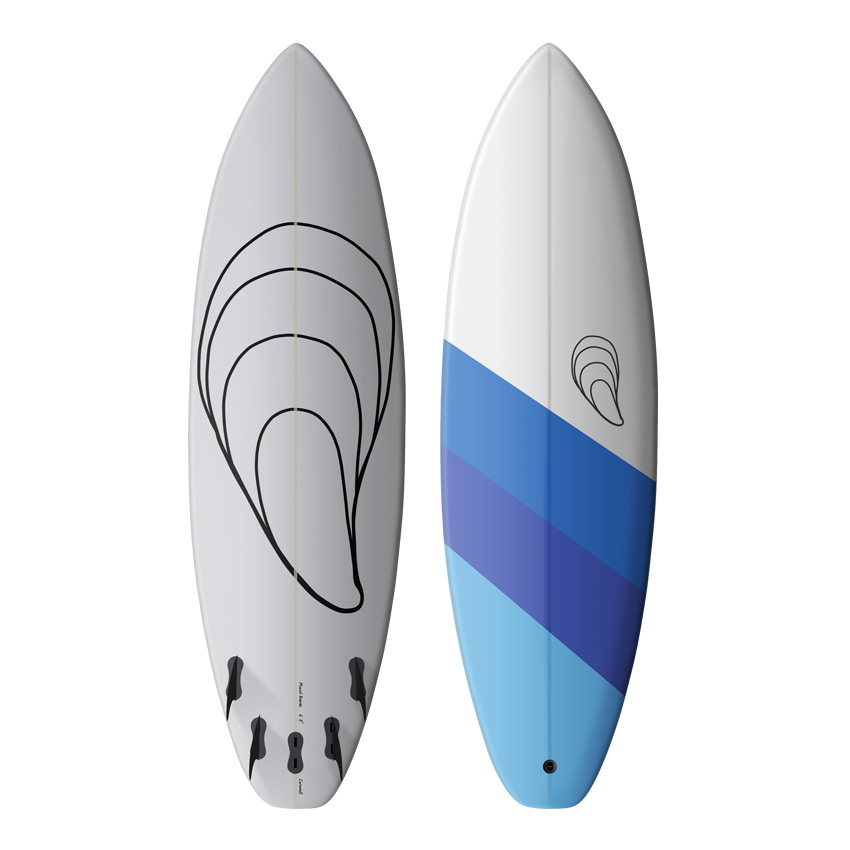
The shortboard may or may not be equipped with fins, which greatly affects its sports qualities.
The average length of the shortboard is 5.8 to 7 feet, although shorter modifications are possible. Generally, the shorter the shortboard, the smaller its area and the worse its buoyancy.
A shortboard will be a great gift for an experienced surfer, as it allows you to get out of the wave dry in any situation.
Freestyle shortboards always have a flat rocker for less immersion in the water.
If your surfing skills are far from professional, then it is recommended to take a shortboard with the most prominent rocker.
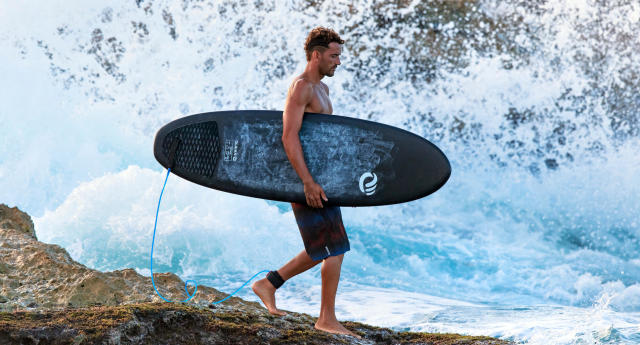
When you finally decide to indulge yourself with a new surfboard, a lot of questions immediately pop up.
What’s the best size? What is the most ideal shape?
Which of the four types of surfing board is better: shortboard (short board), fanboard (fun board), longboard longboard) or SUP (stand up paddle shortboard)?
The shortboard you choose must meet at least two characteristics. The first is your weight and the second is your surfing skill level.
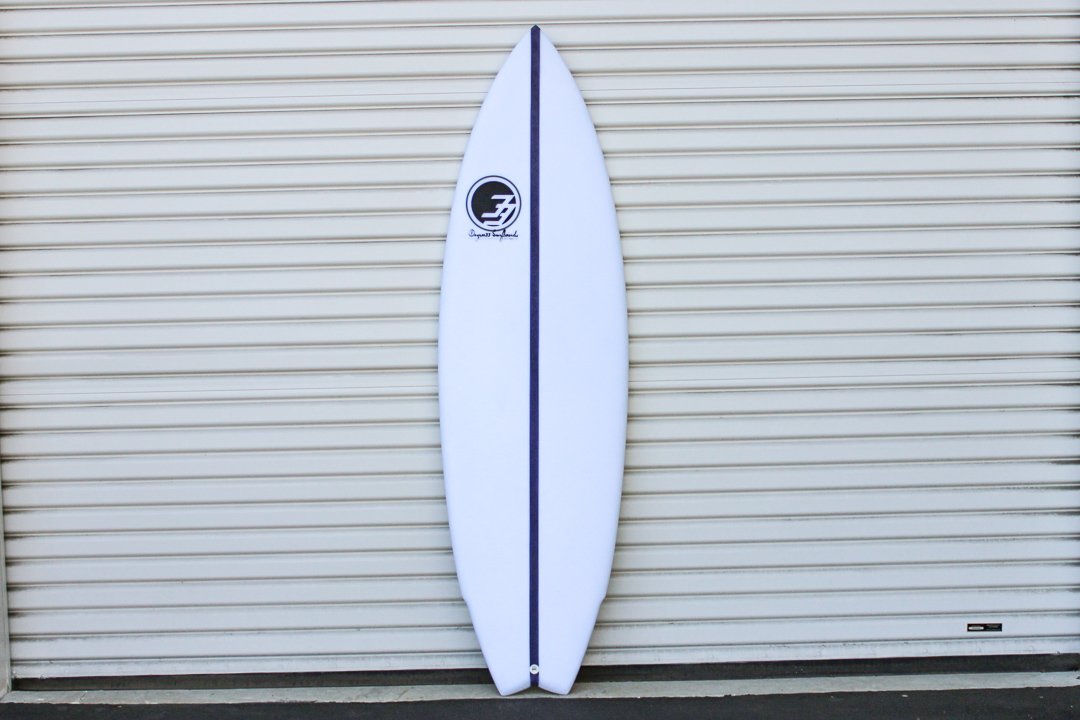
It is important to note that the optimal length also varies for different types of boards. There is an average formula according to which a surfboard is ideal for you in length if it exceeds your height by the length of your palm.
The main characteristics of a surfboard are nose, tail, thickness, shape and rocker.
The longer you practice surfing, the more you try new surfing boards. Different lengths, widths, thicknesses. And over time, you realize that each of them behaves a little differently from the others.
You can even take shortboards of the same length and you will feel completely different on one than on the other.
What affects the way the surf feels underfoot? This is influenced by how the surfboard works.
The main elements of the shortboard are the nose, tail, rails, deck, bottom, rocker, stringer and fins, in addition, do not forget about the measurements of the shortboard- length, width, thickness.




